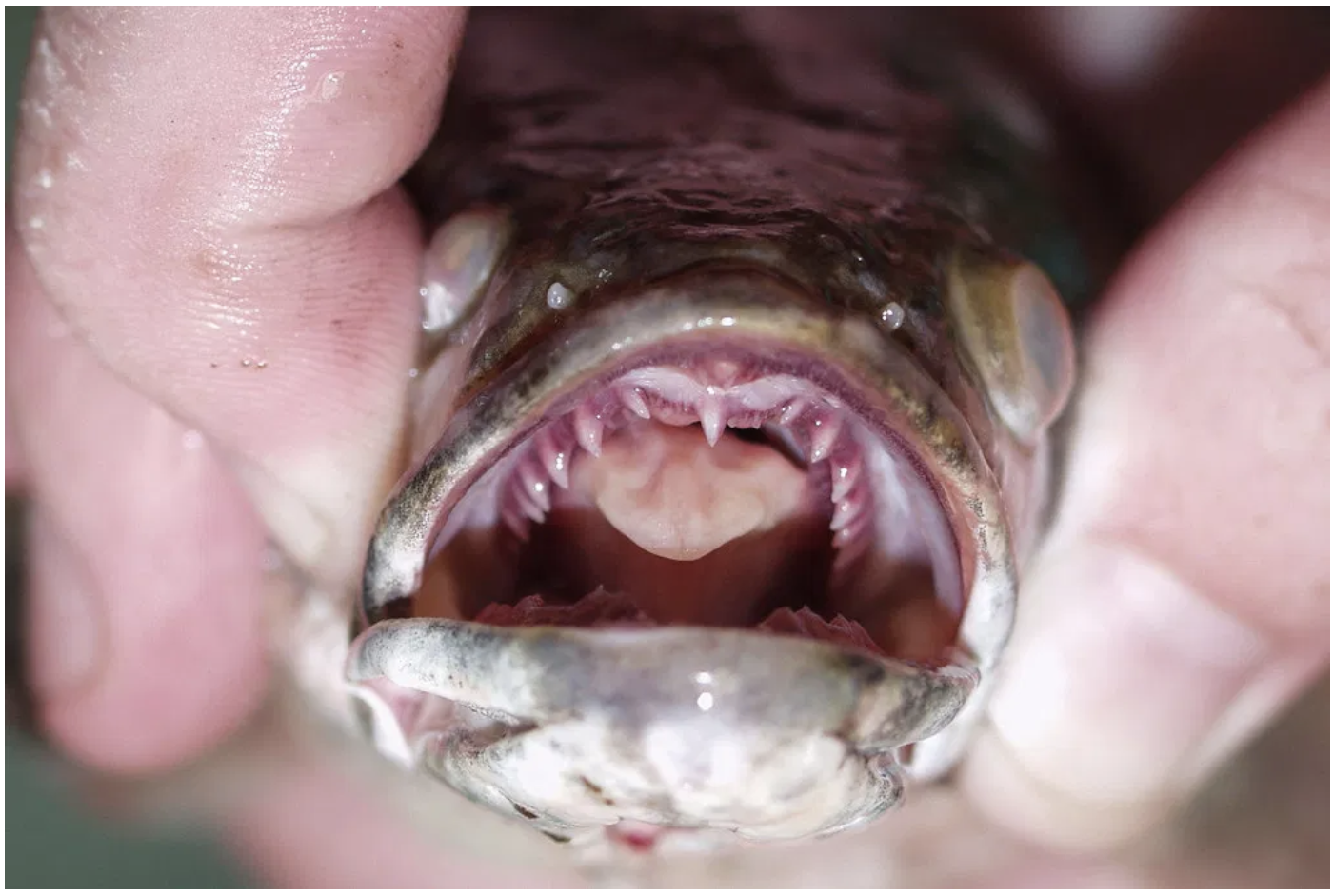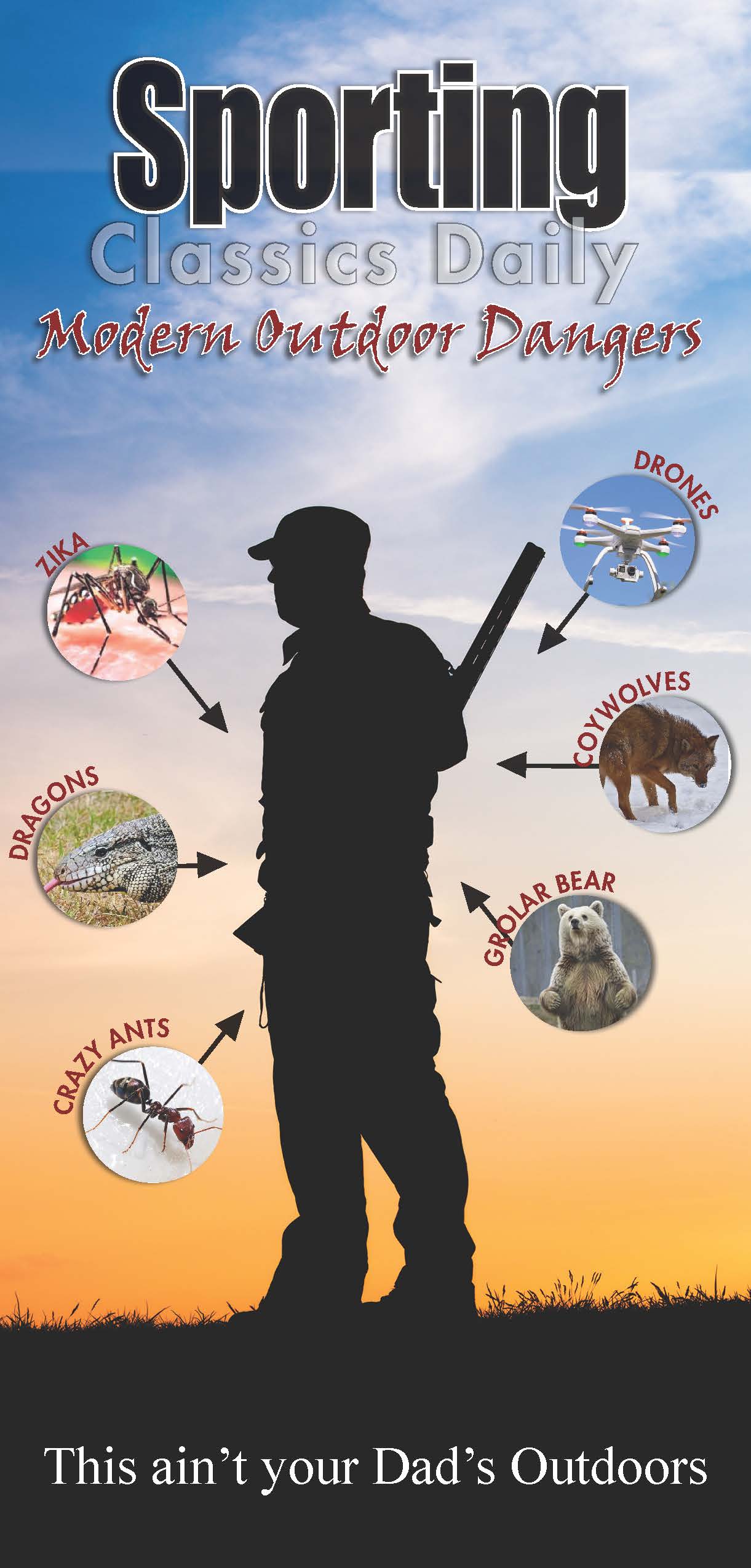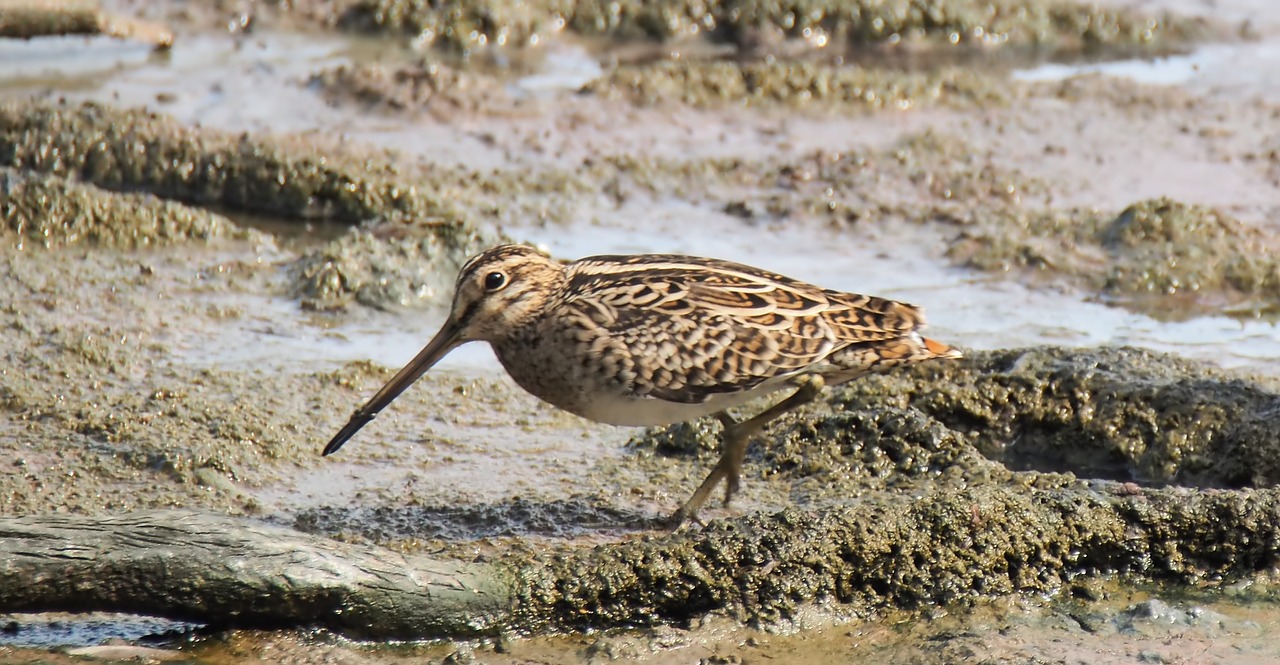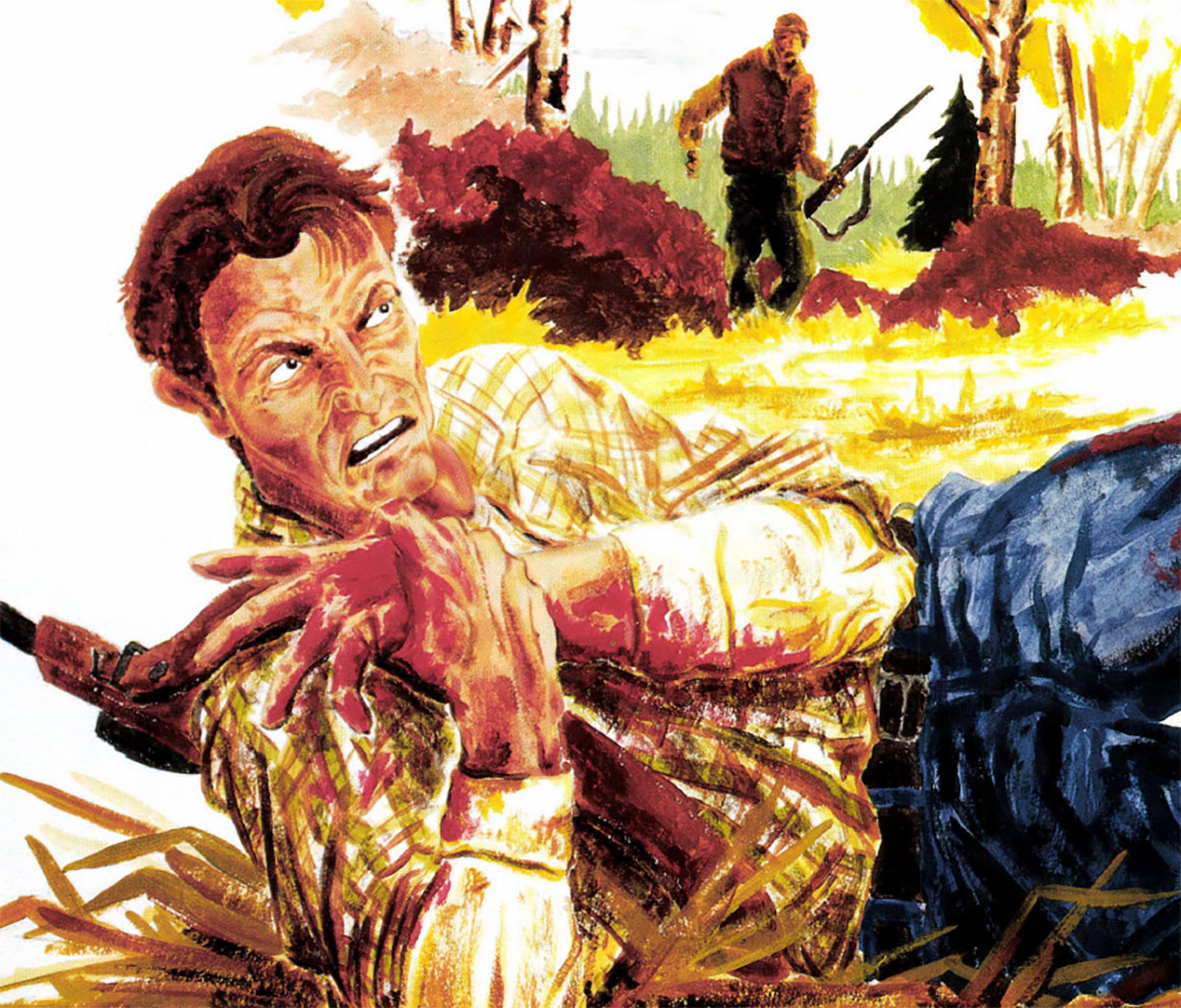My aging father is always making fun of my generation of modern outdoorsmen for being “soft.”
“These kids don’t know anything about real danger or hard-luck hunting and fishing like we had to endure just to put food on the table,” Ole’ Dad chortles to his buddies, snuggling up so close to my pocket air-conditioner that he blocks the entire air stream while hogging all the good vapors from my ThermaCell. “Well, back in my day…”
Well, Pops, get comfortable in your 360-degree adjustable swivel, heated-seat, camp-side rocking chair and let me tell you a thing or two about all the dangers and challenges that modern sportsmen have to contend with—if your old heart can handle it, that is.
BLOOD-SUCKING “KISSING BUGS”
All you have to do is read the news and Sporting Classics Daily to get a taste of just how wildly dangerous the modern outdoors can be. Here is a headline from live5news.com that caught my attention the other day:
“Blood-sucking ‘kissing bug’ reported throughout southern U.S., moving north.”
According to The Centers for Disease Control and Prevention, the insect Triatomine sanguisuga, sometimes called kissing bugs, attack humans by biting them in the face and can spread a potentially deadly disease, the Chagas disease.
The only blood-sucker Pop had to deal with in his day was when he took Mom to the sock hop back in the ’50s and she left a hickey on his neck.

GIANT LIZARDS
Just when you thought dinosaurs were extinct, here comes this Oct. 1 report in Sporting Classics Daily. Georgia, which still hasn’t gotten over the Gen. Sherman invasion, has now been invaded by the tegu, a four-feet-long lizard. A native of South America, the Argentine black and white tegus can grow up to 15 pounds and eats everything from rats and crawfish to blackberries and beetles. They favor eggs, devouring anything from quail and turkey eggs to turtle and chicken eggs, making them a deadly threat to native populations. They will fight humans if cornered.
I can just imagine what would happen if Dad ran into one of those giant lizards along a dark forest trail. He exaggerates every fish and deer, so I would love to hear him tell his buddies, “It was a dragon, I tell you! A real dragon! And it was breathing fire!”

Mouth and teeth of a northern snakehead. Photo credit: U.S. Geological Survey Archive
SNAKEHEAD FISH
Here is an Oct. 9 headline from SCD: “Invasive Northern Snakeheads Found In Georgia.”
Apparently, someone thought it a good idea to release a fish native to China into American waters, and now this invasive species has been reported in 14 states. Darn Chinese imports causing us problems again.
The problem with these fellows is two-fold:
1) they have a modest superpower – they can also breathe air, allowing them to survive on land and in low-oxygenated waters;
2) they have small, razor-sharp teeth, can grow up to three feet long and catch and eat more largemouth bass than I do.
But these super fish have one weakness. According to a taste test reported in The Washington Post, they taste just as good or better than tilapia, flounder or cod. Pop, grab that bottle of tartar sauce and let’s take a ride over to Georgia so we can put your super power to use.

GROLAR BEARS
Dad likes to regale his pals with the tale of the charging, 600-pound boar that he put down with one shot. Yawn. Boring. Thanks to your generation supposedly tampering with the climate, we now have some dangerous animals that our forefathers never could have imagined — unless, of course, your forefather is Stephen King.
There are claims that, as a result of global warming and climate changes, different species of bears in North America are now widening their ranges, going “free love” and getting a little freaky north of the border (SCD, May 26, 2016).
Have you ever heard of a grolar bear? Well, that’s what you get when a male grizzly bear pushes farther north into Arctic reaches and falls in love with a female polar bear. Ever seen a pizzly? That’s what happens when a male polar bear migrates south and mates with a female grizzly.
Top that, Pop.
 COYWOLVES
COYWOLVES
The old timer hasn’t heard of the new super-hybrid mix of wolves, coyotes and dog that people are referring to as coywolves (SCD, Dec. 31, 2015). Larger than a coyote and first cousin to the chupacabra, the coywolf is the perfect canine predator. It can survive in woods and urban areas alike. Larger than a coyote, one coywolf can easily bring down a fully-grown whitetail.
Studies of coywolf DNA found that these hybrids are a potluck of 65-percent coyote, 25-percent wolf and 10-percent dog. Scientists blame the coywolf’s existence on human efforts to eradicate the eastern wolf. Faced with a dwindling number of mating pairs and a smaller dating pool, these desperate wolves have been forced to lower their standards and pick up any stray mate they can find.
THE ZIKA VIRUS
Pop often brags about surviving his military days and popping malaria pills in the tropics of Southeast Asia. Malaria? Please, old timer. Allow me to introduce you to a real disease. Zika is not only acquired by mosquito bites, it can be sexually transmitted – you can take it home and share it with your spouse!
CRAZY ANTS
I’m sure Ole’ Dad hasn’t seen the news about the looming threat of another invasive species, the “tawny crazy ant.”
The tawny crazy ant (not to be confused with my scrawny, crazy aunt, who drinks a lot and chases old men) is a fast-multiplying, aggressive species of ant known for its erratic movements. Native to South America, these ants have been transported—with a lot of help from man—into the U.S.
These ants have three hobbies: reproducing in such large numbers that they overwhelm other species of ants, secreting formic acid on your skin when they crawl, and infesting electrical equipment, which causes blackouts. During a recent study, scientists placed a cookie next to a native fire ant hill, and then turned the crazy ants loose. Not only did they bully the fire ants and take the cookie, the invaders also stole the native ant’s lunch money, committed some light vandalism and gave the Zika virus to a couple of the fire ants’ girlfriends.
BIG BROTHER
Oh Dad, I yearn for the simpler days of yesteryear, when the only real threat an honest outdoorsman had was that sneaky old game warden who was always lurking around to harass a fellow into buying state licenses, obeying all the rules and regulations and protecting our natural resources, etc. Nowadays, that old game warden is the least of our worries. Today, biologists and law enforcement officials have remote-controlled flying drones that hover overhead unseen to monitor the movements of wildlife while keeping an eye out for poachers. Even the anti-hunting, animal rights groups sometimes use drones to spy on hunters and occasionally harass them or try to spoil their hunts.
But Big Brother has finally gone too far. According to SCD (April 14, 2016), scientists are now using NASA satellites to aid in mule deer research. That’s right, NASA currently uses two satellites to locate areas of vegetation where female mule deer are likely to bed down and give birth. Then, using this data, biologists work to protect those areas and also ensure that the mommy deer have adequate Obamacare.
But that could present some real problems for old-school hunters like my Dad.
“NASA, we’ve spotted a rather large, slow-moving object approaching Baby Deer No. 2669 in Quadrant 3. It appears to be a human-like life form. Houston, we have a problem. I repeat, we have a problem.”
With everything from snakeheads and dragons underfoot, drones overhead, gangs of criminal ants below and Zika-infested kissing bugs lurking out there in the wilds, it’s almost enough to convince modern outdoorsmen such as me to just stay home and watch Sporting Classics TV with Chris Dorsey.
But I can already hear my Old Man now, “What are you, some kind of sissy? Get back out there!”
 The brilliant fisherman, instructor, and public speaker Lefty Kreh is perhaps the best known, most respected, and most beloved angler in the world today. My Life Was This Big takes readers on an angling journey through the last half century, when water was big and fishermen were bigger. But, despite all that’s changed since the fifties, when Lefty began his career as a professional fly fisherman and writer, fishing is still just fishing.
The brilliant fisherman, instructor, and public speaker Lefty Kreh is perhaps the best known, most respected, and most beloved angler in the world today. My Life Was This Big takes readers on an angling journey through the last half century, when water was big and fishermen were bigger. But, despite all that’s changed since the fifties, when Lefty began his career as a professional fly fisherman and writer, fishing is still just fishing.
In My Life Was This Big, Lefty shares his tales of fishing expeditions with Fidel Castro and Ernest Hemingway, as well as solo battles with some of the scrappiest, most elusive fish in the world. Lefty also takes the reader through the development of his world-famous “Deceiver” fly style, and takes on the issue of conservation through catch-and-release. These timeless, often hilarious stories will put you in the boat with Lefty—and even teach you a thing or two about fly fishing along the way!
This is a glimpse into the heart and soul of Lefty Kreh—a man who has written for nearly every outdoor magazine in the United States; a man who has fished some of the remotest parts of the globe; and a man whose books and articles have taught thousands of people his techniques for hooking and landing more fish. For fans both young and old, these are Lefty’s stories. Buy Now




